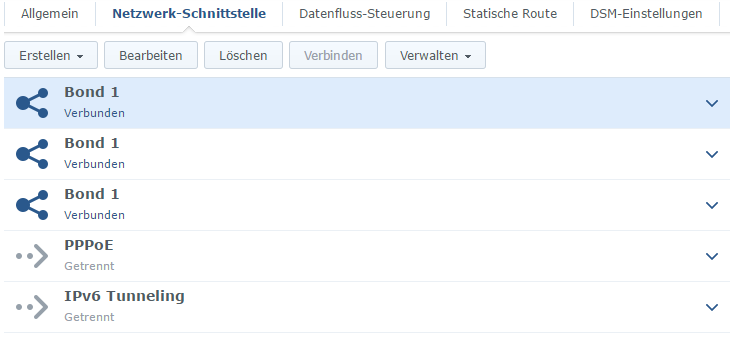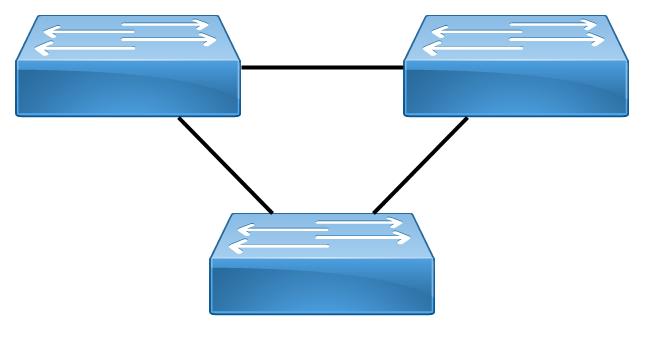Some time ago, I posted on the configuration of an IRF independent resilient fabric with the HPE Flex Fabric FF5700 datacenter switches. During the operation some things arose to my attention which either have been corrected or perhaps not necessarily clear from the first place.
1.) Activate MAD
There needs to be a mechanism to detect multiple actives. This could be considered something like a quorum for the switch-cluster, intended to prohibit split brains. In my case I preferred to do so with LACP. This brings MAD (Multiple Active Detection) to the layer two and is rather simple. It should be configured on an appropriate Bridge Aggregation Group – resulting in an configuration like:
interface Bridge-Aggregation1
description DOWNLINK_SOMESTRANGESWITCH_WITH_MAD_ENABLED_ON_THE_SAME_LAG
port link-type trunk
port trunk permit vlan all
link-aggregation mode dynamic
mad enable
so specifically pay attention to the last command: Continue reading


